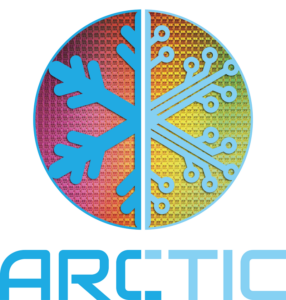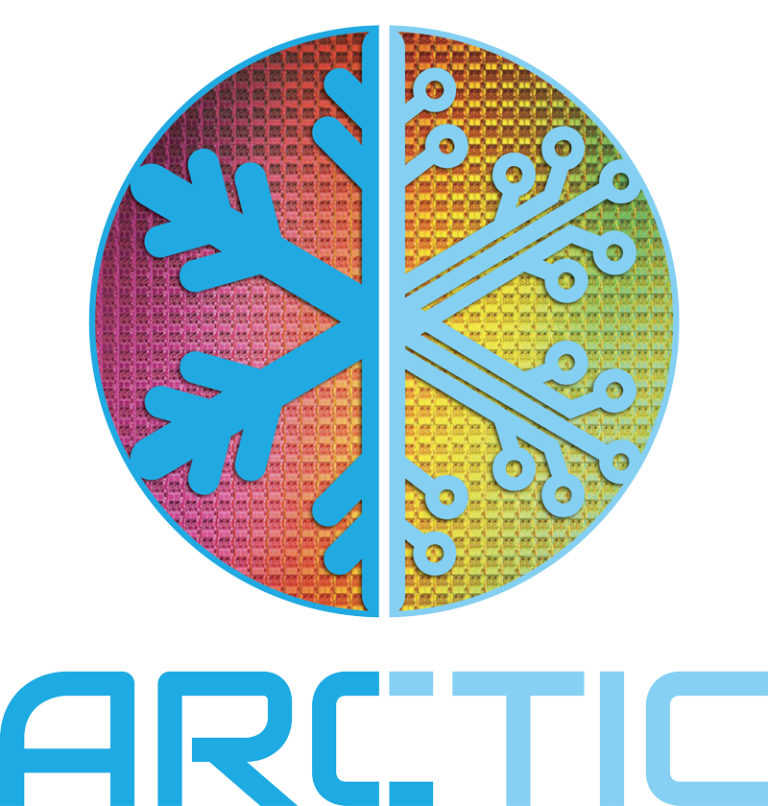Nanoacademic builds atomistic and quantum simulation tools to predict the properties of next generation materials and devices. Nanoacademic’s software is being used by researchers in public and private institutions around the world to obtain the best modeling data and reduce R&D costs for a broad range of applications. More specifically, Nanoacademic develops large-scale density functional theory (DFT) and non-equilibrium Green’s function density functional theory (NEGF-DFT) software used for ab initio simulations of advanced materials. More recently, Nanoacademic has released QTCAD®, the world’s first commercial finite element simulation software for spin qubits in semiconductors.
Within the ARCTIC project, Nanoacademic is responsible for the development of new QTCAD® modelling features such as multiqubit simulation capabilities for the design of quantum sensors of technological defects which will be used by STMicroelectronics to model and design such sensors in 28 nm FD-SOI. In addition, new features are being developed to model the defects themselves. These features will be highlighted in a full multiqubit defect sensing simulation in collaboration with STMicroelectronics, and in the demonstration of an amorphous material defect library for device simulations in collaboration with Nanolayers, TNO, and IMEC.
More information on https://nanoacademic.com/.



